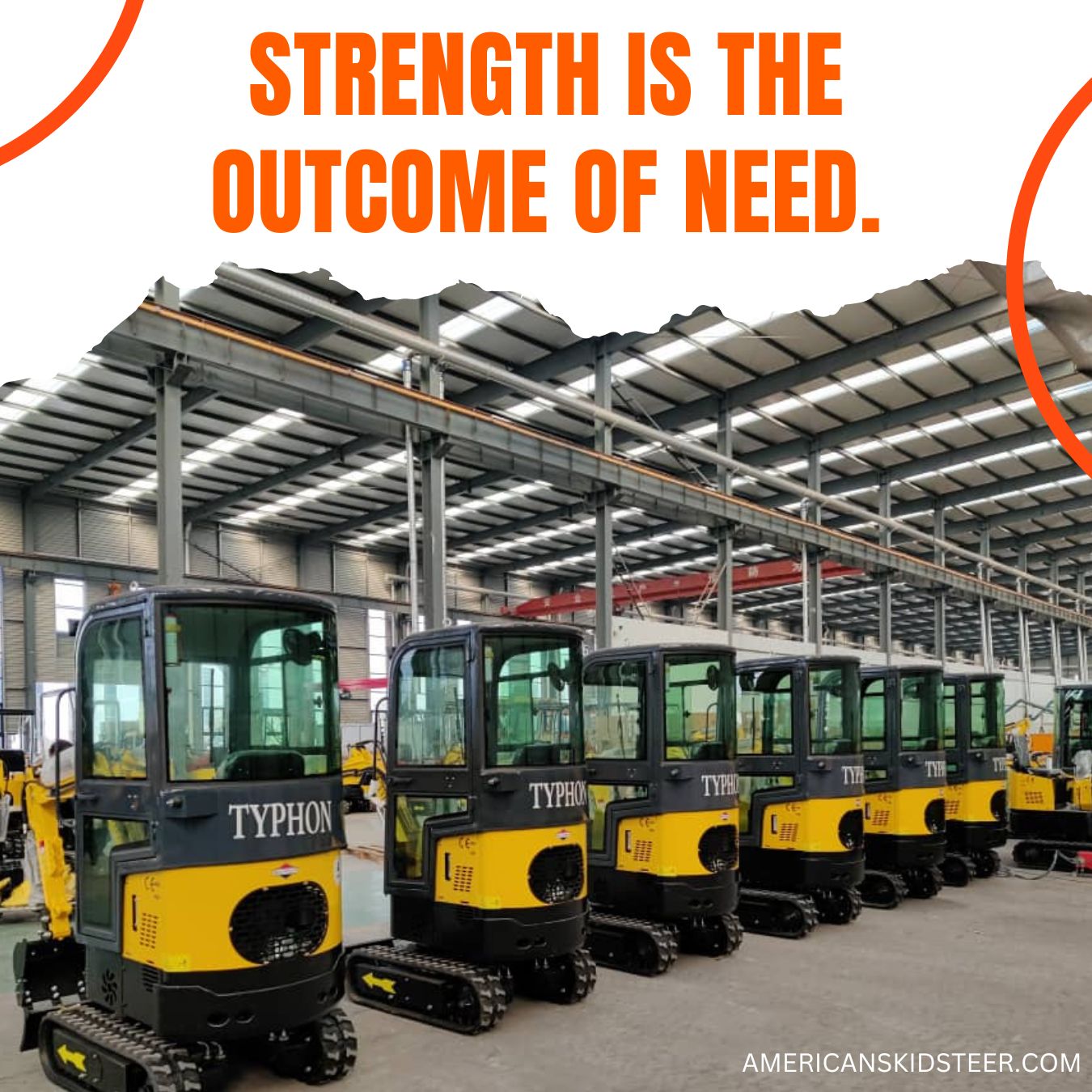From the Start of innovation, every builder proved that construction with the right tools and materials is possible, it would take them years to accomplish what modern machines can do in a few days.
Today’s machinery takes much of the weight off workers’ shoulders, but there are certain limitations to what even this advancement can do. What are the common symptoms of overworked construction machinery, and what can construction company owners do to prolong these machines’ lives?
1. Always Low Fluid Levels
Fluids and oils are the literal lifeblood of heavy machinery. From Engine oil and transmission oil to the fluids that maintain pressure in hydraulic systems, these volumes need proper upkeep to make sure everything runs efficiently and functions properly. If these levels are found to be very low, it could be a symbol that equipment is being overworked.
Most of these fluids are filled in closed or semi-closed blocks, so if their levels are decreasing, it’s a symbol that there is a leak somewhere. If an external leak isn’t found during an examination, then internal seals could be the reason, for leaking fluids into other parts of the engine or hydraulic system.
2. Blinking Warning Light
You might not like warning lights, but they are there for a purpose. They’re connected to equipment sensors that alert operators when things aren’t running properly. Turning a blind eye to them or putting electrical tape over them so they’re no longer seen doesn’t solve the problem. If anything, that will make things bad and likely to break down.
Overworking heavy machinery will cause these warning lights to blink more often than usual. Stop turning them on without fixing the problem is more dangerous. That doesn’t mean the problem has resolved itself, but that particular sensor has been burned out and stopped functioning altogether.
3. Countless Breakdowns
Machinery failure is often a fact of life, but many simple breakdowns are entirely preventable. Overworking machinery can cause these breakdowns, adding excessive wear and tear to all the running parts. Adding massive delays, and downtime can be very costly. A broken-down machine means work can’t get done operator is sitting idle, and the company will find itself on the hook for repairs as well as fighting with setbacks and deadlines.
Most of these breakdowns are easy to prevent with proper scheduled maintenance and examination of machinery before operation. It sounds easy, but going with a schedule can make a lot of difference. It’s worth it, even if that means taking a piece of equipment offline for a while.
4. Changes in Exhaust
The exhaust of a vehicle or heavy machinery can be amazingly telling when it comes to the vehicle’s health. Normal exhaust smoke is uncolored or may contain a white tinge when an engine first starts up due to moisture in the pipes. This is to be expected. There can be some problems when the exhaust colors start changing.
Thick white smoke in the exhaust may indicate water or coolant is mixing into the combustion chamber. Blue smoke shows an internal oil leak, and black smoke shows the engine is burning too much fuel. Paying close attention to the exhaust smoke helps operators identify problems easily before they cause too much damage.
5. Unconventional Sounds
Sometimes, the best tool to identify any problem is a pair of ears. Someone who wastes a lot of time behind the wheel of a particular machinery will know the sounds that it makes under normal situations. It becomes a bit like a music track, with each sound in its place. If something starts to sound off—like a note going flat in a symphony—it becomes very easy to track the problem.
Listen closely to that place of sound, Sounds like hisses or rattles or things that don’t seem right. A nominal error might present as an unusual sound before it grows into a big problem and is expensive.






